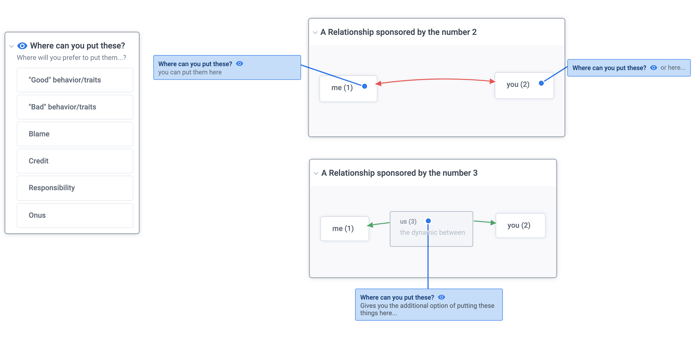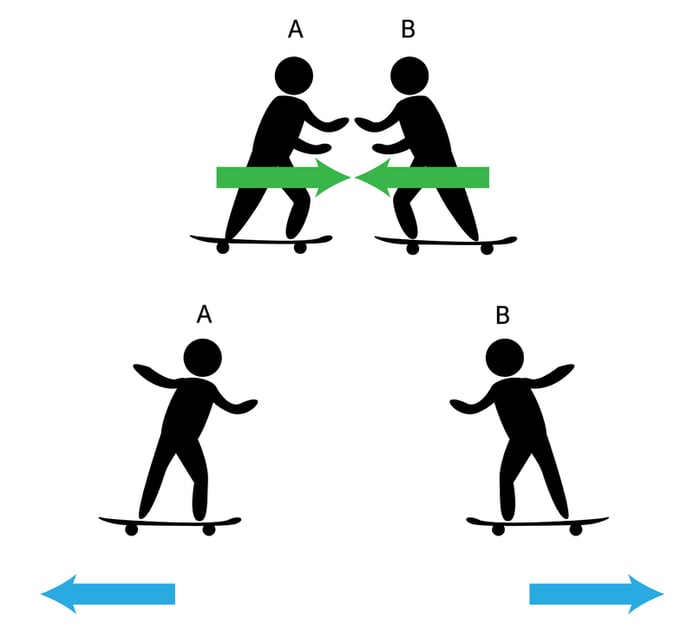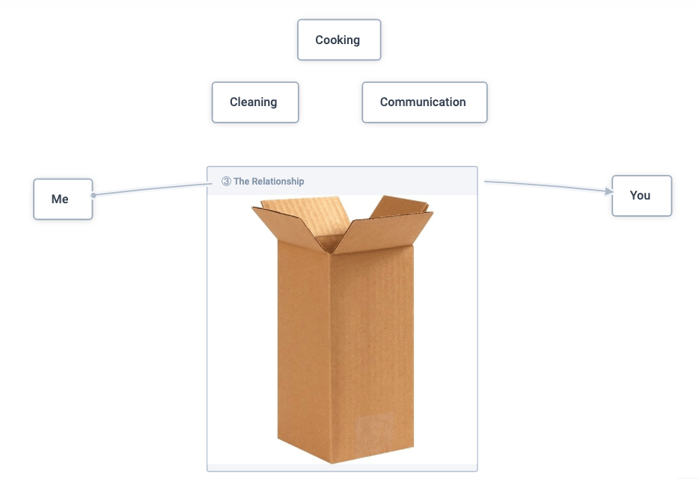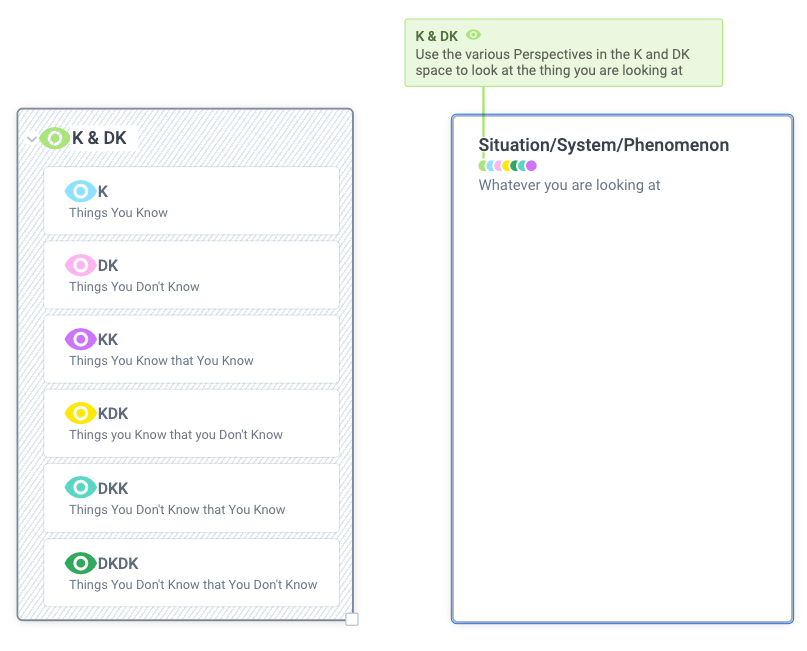Slider: Relationships Sponsored By The Number 3
This article is a part of the sliders series. You can find more slider posts at the sliders tag.
The name of this slider was influenced by my childhood memory of Sesame Street, where Count von Count and some of the other characters had a number and a letter "sponsor" each episode. Characters on the show would say "this idea is brought to you by the number 3 or by the letter M." So this slider is the same kind of idea: relationships brought to you by the number 3.
This slider is sponsored by the number 3 and not the number 2. Most people think of relationships as being made up of two people (one person plus one person would equal 2). It turns out that relationships that are sponsored by the number 2 can end up being quite dysfunctional, whereas relationships that are sponsored by the number 3 can be more functional. In other words, it behooves us to have a 3-based relationship rather than a 2-based relationship.
A relationship sponsored by the number 2, is made up of one person and another person. When relationships are going well, they are going well. But when they have conflict, the question is: where does that conflict exist? Where does the cause or the blame of that conflict land? Where do the good traits of a relationship reside and where do the bad traits reside? The problem is, if your relationship is sponsored by the number 2, then those things can only reside in you or in me.
 In relationships, neither person wants to be the one who has all the bad traits. This creates a system where both people want the "bad" traits or the blame to to pile up on the other person. And, they want the good traits and the credit to pile up on themselves. So, a relationship that has only you and me in it, has only 2 places in which blame and credit can fall. The conflict then shifts from the issue at hand to where the blame lies. However, if you have a relationship that's sponsored by the number 3, then there are three places where you can put the onus: you, me and us (the relationship). You have the dynamic relationship between two people included in the equation. That's the third variable. So rather than two variables—you and me—we have three variables— you, me and us—which encompasses the relationship. In that relationship, all of the credit, blame, onus, responsibility, etcetera can be placed in the "us."
In relationships, neither person wants to be the one who has all the bad traits. This creates a system where both people want the "bad" traits or the blame to to pile up on the other person. And, they want the good traits and the credit to pile up on themselves. So, a relationship that has only you and me in it, has only 2 places in which blame and credit can fall. The conflict then shifts from the issue at hand to where the blame lies. However, if you have a relationship that's sponsored by the number 3, then there are three places where you can put the onus: you, me and us (the relationship). You have the dynamic relationship between two people included in the equation. That's the third variable. So rather than two variables—you and me—we have three variables— you, me and us—which encompasses the relationship. In that relationship, all of the credit, blame, onus, responsibility, etcetera can be placed in the "us."
Right away, this changes the dynamics of the relationship because the blame and the credit can be in the relationship. So if you don't like something about the relationship, you can say, "hey, I don't like the fact that our relationship has this in it." That's very different than "hey, I don't like this about you." Saying that you don't like something about the relationship implies an interaction effect. The conflict can then be about the interaction effect, and not about who is and is not to blame.
For example, in chemistry, you can have two inert molecular structures that alone just sit there. But, when they get together, they can be quite combustible. It's an interaction effect. You can't blame that combustion on either molecule. The dynamic effect is "sponsored by the number 3." In nature, all natural relationships are sponsored by the number three.

Newton told us his third law: that for every action, there is an equal and opposite reaction. Think of two people on skateboards, if I push against one, we both move backwards because they're actually also pushing on me. Even if from a human perspective, it appears that I am applying the force, that other object is also applying a force: an equal and opposite force. It's an interaction effect.

There's been numerous occasions in my life where I've helped people with their relationships, especially in conflict (i.e., marriages, victim-offender mediation, conflict mediation, etc). One of the activities that I had them do, especially when it was really conflictual and their whole relationship is sponsored by the number two, is to make it physical for them. This helps them shift their mindset. For example, with married couples in conflict, I would say to them, "for your homework, go home, and get a box (the box can signify how big the conflict is)." For some of these people I would say, "go to the appliance store and see if they have an extra refrigerator box because your your conflict is so large." I then tell them to "put the box in your living room and and label it with a big black pen: 'us' or 'our marriage' or whatever it is." As they begin to talk about things, they grab other physical things (like smaller boxes or balls), and put those things into that box. Then they look at what is in their box. They get clarity on what it is they are conflicting about and then change the conversation to be about the things they don't like in the box, and not about the things they don't like in each other. It changes the languaging and it changes the dynamics of the relationship.

That's it. That's how you use the slider Relationships sponsored by the number 3. I would add two notes of interest that come up. First, note that this slider is closely related to the RDS jig, a relationship-distinction-system jig, which has now been converted to this slider. A slider is a DIY self-help idea but its based entirely on the RDS jig.
I would also like to add a note of caution here: this slider is not intended to be "weaponized." It is intended to add clarity and metacognition to as many types of relationships as we can. It is not intended to be used as a way to shirk personal responsibility and avoid conversation. In a relationship with two equals who both want to grow, this slider is perfect for them. However, in certain dynamics such as "punches and roses slider" or truly abusive relationships this slider can be weaponized by the abuser (so be weary of that). Also, this slider isn't always effective in purposefully "unequal" relationships where the power dynamic is not the same such as boss/employee, parent/child, etc. This slider is best used in equal, mutual relationships such as marriages, with significant others, colleagues, friendships, etc.
.png?width=150&height=150&name=CRL%20GOAT%20Logo%20(4).png)


